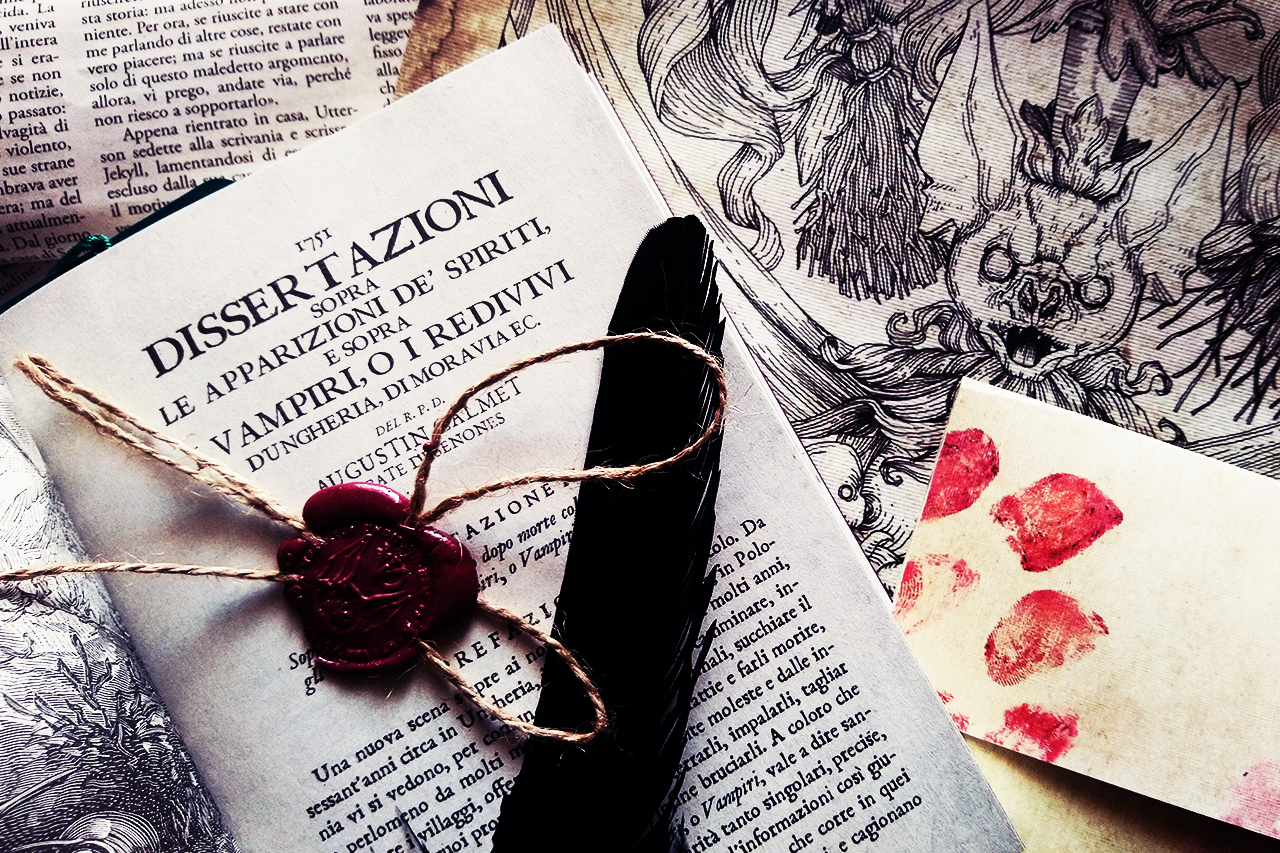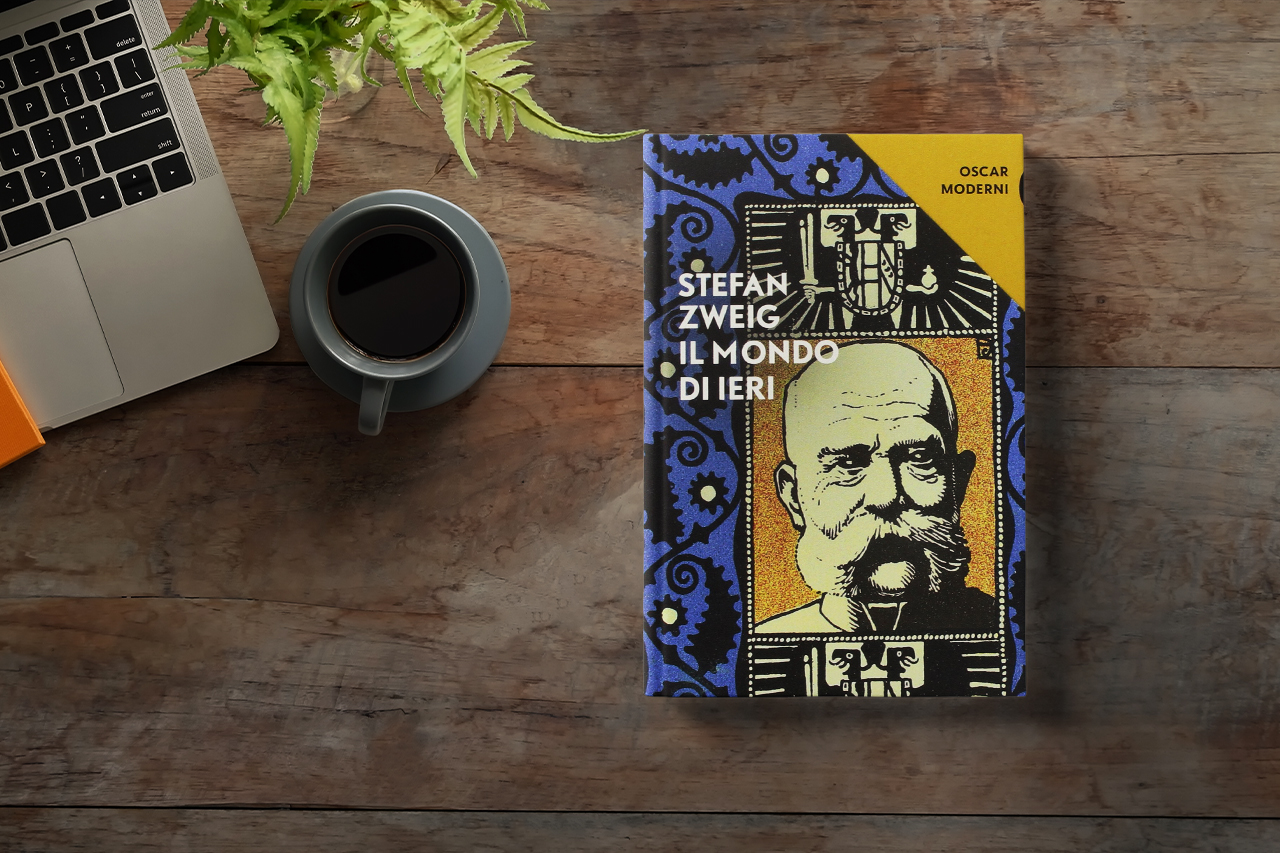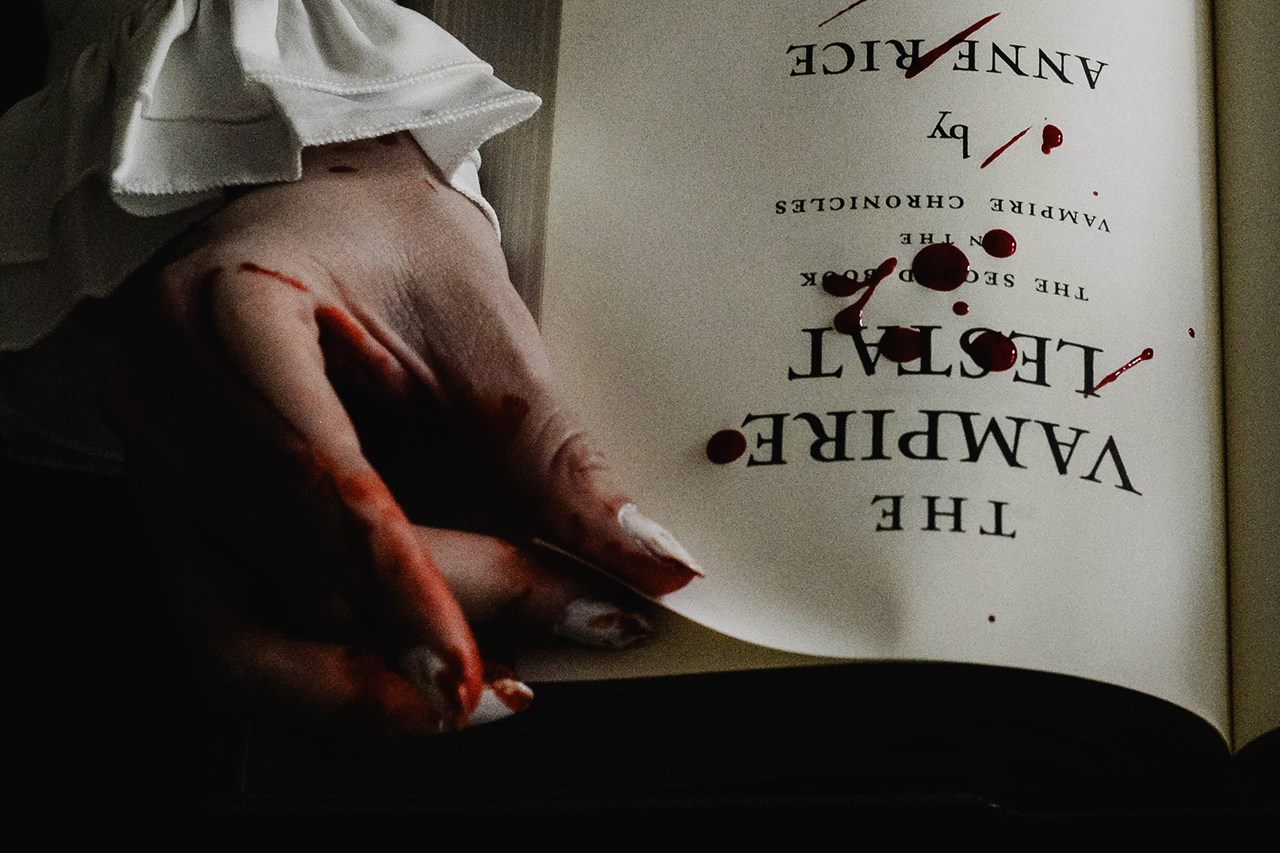Draculea – Racconti e Documenti di Veri o Presunti atti di Vampirismo is a tome published by ABEditore that collects stories and documents on, you guessed it, the theme of Vampirism.
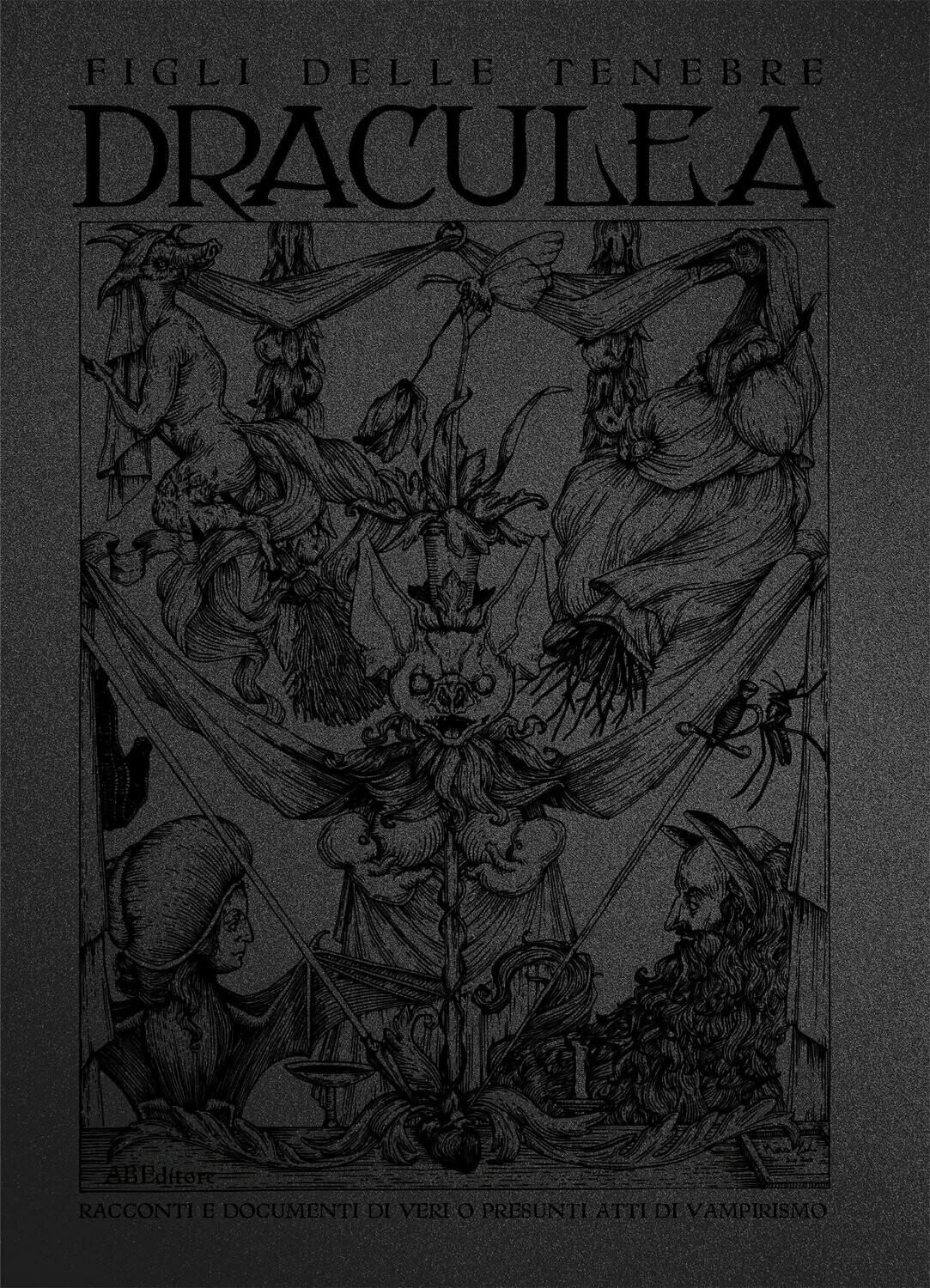
Draculea – Racconti e documenti di veri o presunti atti di Vampirismo
Acquista su ABEditore
On a website like ours that goes as far as having vampires in its name and that can boast a column like Quarantena col Vampiro of which we are incredibly proud, we couldn’t help but pick up our collaboration with the blog Bloody Reader of Bloody Books again and discuss the theme at the same time as them (You can find their article in Italian here).
During our previous collaboration, as you might remember, we approached vampirism by examining how the character of the vampire took shape in literature and some of the most iconic examples of its genre. Today, thanks to the guidance of the tome published by ABEditore, we get ready to go on a new journey of discovery of these mysterious, and entirely intriguing, creatures.
Draculea – Stories and Documents
The collection is comprised of a series of stories and documents that we’ll be looking at one at a time. In the meantime, we’ll leave here the complete list of the works as an index you can use to browse the articles in the column.
- Ken’s Mystery by Julian Hawthorne
- An Antidote against Atheism by Henry More, 1655
- The Singular Death of Morton by Algernon Henry Blackwood
- An Antidote against Atheism by Henry More, 1655
- Schalken the Painter by Joseph Sheridan Le Fanu
- History of English Affairs by William of Newburgh, XII sec
- The True Story of a Vampire by Eric Stanislaus Stenbock
- History of English Affairs by William of Newburgh, XII sec
- The Old Portrait by James Hume Nisbet
- Isis Unveiled by Helena Petrovna Blavatsky, 1877
- The Sumach by Ulric Evan Daubeny
- A voyage into the Levant by M. Pitton De Tournefort, 1717
- The Feather Pillow by Horacio Quiroga
- A Living Vampire by Dudley Wright, 1910
- Negotium Perambulans by Edward Frederic Benson
- Dissertation on the Vampires by Giuseppe Davanzati, 1739
- Vampyr by Jan Neruda
- Commentaries upon Magia-Posthuma by Gerard Van-Swieten, 1787
- The Vampire Cat of Nabéshima by Alegernon Bertram Freeman-Mitford
- Vampires And Vampirismby Dudley Wright, 1914
- Grettir in Thorhall-stead by Frank Norris
- Ghost Stories, from Russian Folk-Talese by William Ralston Shedden-Ralston
- The Soldier and the Vampire by William Ralston Shedden-Ralston
- The Vampire Arnold Paul by Charles Nodier
Draculea – Introduction to the collection
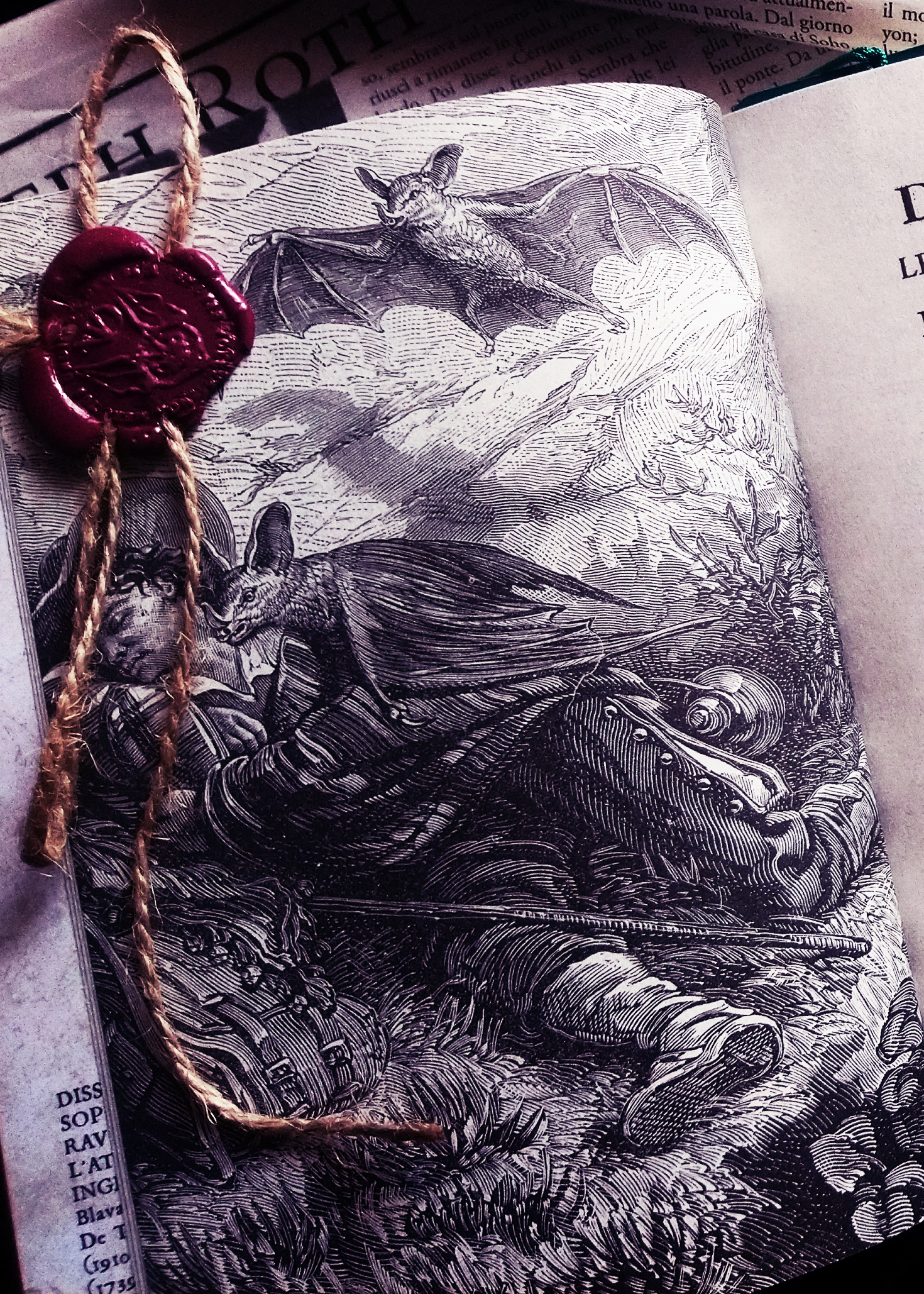
Draculea – Dissertazioni sopra le apparizioni de’ Spiriti, e sopra i Vampiri, o i Redivivi d’Ungheria, di Moravia e di Silesia by A. Calmet, 1751
Draculea can be seen as a journey to discover the character of the vampire through the centuries. As all those who are already fans of this particular subject will certainly know, these creatures have been a part of human folklore since its very beginnings. Myths, legends, stories, and tales. The theme of the journey through the afterlife, of resurrection, and of ghosts that chase the living to suck away their life can be found in many myths and legends throughout the ages. Speaking of which, I highly recommend the writings on the subject by my esteemed colleague: Cronache del Vampirismo and La Biblioteca dei Vampiri which are both still being updated right now. We will also, of course, keep talking about it here but we would be remiss not to mention such a well-done already existing work.
Now to get back to Draculea, this specific collection aims to talk about vampires starting from the 1600s, a year that saw some of the most famous examples of this particular character come to life. It starts, therefore, with an excerpt from the dissertations by Augustin Calmet, a Benedictine monk who dove deeply into the theme, not only of vampirism but also of many other characters from esoteric imagery.
Dissertations sur les apparitions des anges, des démons et des esprits, et sur les revenants et vampires de Hongrie, de Bohême, de Moravie et de Silésie di A. Calmet, 1751
From Calmet‘s (whose biography we’ll be updating shortly) work come some of the documents that will lend themselves as a kind of Cicero and guide throughout the entirety of our journey. In the last years of his life, he was the abbot at the Saint-Pierre de Senones Abbey in Senones where he developed most of his writings, including the treatise mentioned in this section’s title. We want to specify that the complete treatise doesn’t only explore vampires, but also angels, demons, spirits, magic, witchcraft, the undead, and the occult in general.
Calmet, in particular, refers to the events of Hungary and Moldova, where two long-dead men appeared to have risen from their tomb to torment the living by absorbing their lifeforce through their blood. That is why they are called Oupiri or Vampires, in other words, bloodsuckers. Calmet also theorises ways to get rid of these creatures: stabbing them with a stake, beheading them, and/or burning their bodies.
Recorded cases of Vampirism
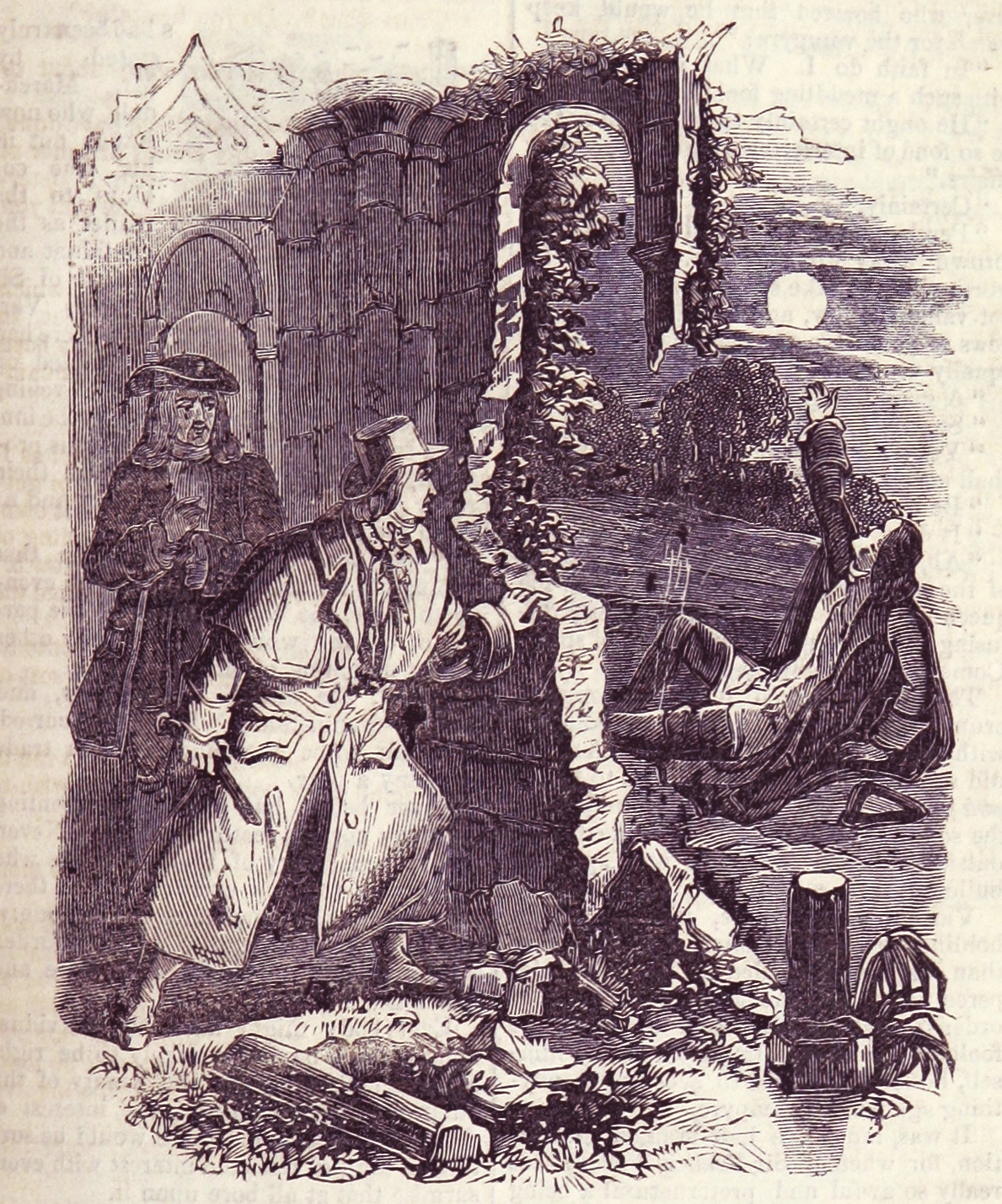
Title: “Varney, the vampyre : or, The Feast of blood”
Author(s): Rymer, James Malcolm, approximately 1814-1884
© British Library
The first dissertation, however, talks about the logistics of their coming back to life. Were they perhaps never dead but only buried by mistake? Is it their spirit itself to express its volition to go back into the body? Is it the Lord’s work or rather that of the Devil? These are the questions he poses while studying the cases. The first one is about a woman who, four days after dying, seems to have come back in the shape of a dog. Said dog then proceeded to bite men in the neck and the chest to try and kill them, sometimes even killing other animals. The second was about a shepherd who, after coming back from the grave, would torment people and drive them to their death. In both case, only the destruction of the corpses finally put an end to their scourge.
Other cases in Hungary saw men who were long dead, years at least, go back to their homes either to warn about the death of a relative or to cause that death themselves. The strangest thing about these cases was that, when their graves were opened and their bodies examined, they appeared to still have a blood flow as if they had just been buried the day before. Meanwhile, in Holland, there’s the case of one Arnoldo Polo, a man who was the victim of a vampire attack and who, upon his death, became one himself. We’ll talk about him again when looking at the story by C. Nodier, The Vampire Arnold Paul, which is based on exactly this event. It’s important to note that it is in this document that we see the transmission of vampirism as a kind of virus that can go from one person to another, and therefore the possibility for a revenant to make others like them.
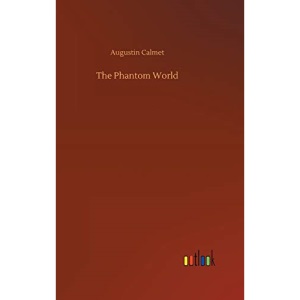
The Phantom World by Augustin Calmet
Buy on
Awesome Book
The cases that Calmet examines have several common characteristics. All the suspected vampires seem to retain some aspects of the “living” (not entirely, but almost) even in the grave despite having been dead for years. Moreover, they seem to have a preference for choosing their own relatives as victims. Another common trait is how they can be dealt with, that is by spearing them with a stake through the chest, decapitating them, or burning their corpses so they cannot come back again.
The last case in the treatise is that of Pietro Plogojovits. He too seems to have come back from the grave to claim victims in the village of Kisilova until the residents request that his corpse be dug up and destroyed.
Vampires, facts or fiction?
From the excerpts of the document written by Calmet we can conclude that, at least when it comes to the author and to those who interacted with him, there was a wide belief at the time that the events described in his work had some truthfulness to them. It’s important to note that Calmet was a renowned figure at the time, and he was very thorough when searching and questioning his sources. It’s undeniable that he had a particular fascination for the theme, especially as a man of the Church.
For now, our conversation stems from the few fragments that we’ve come in contact with through this compendium, but, at least in my personal opinion, they were already enough to convince me to further explore the remaining works.

